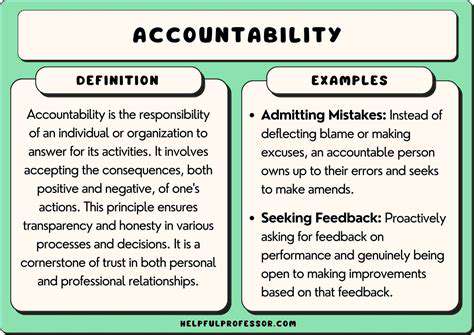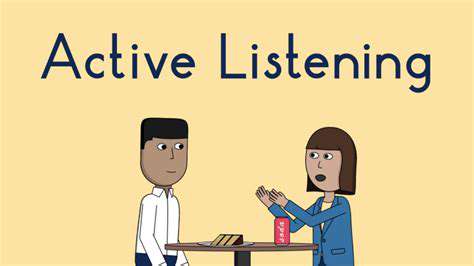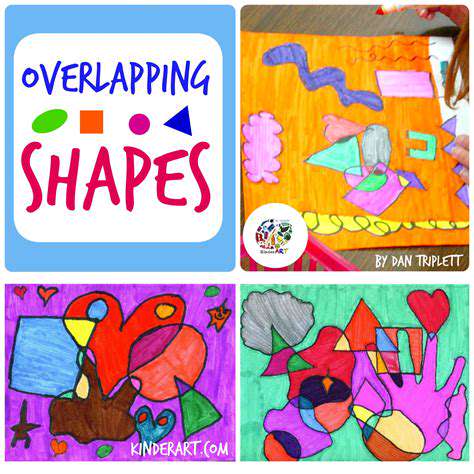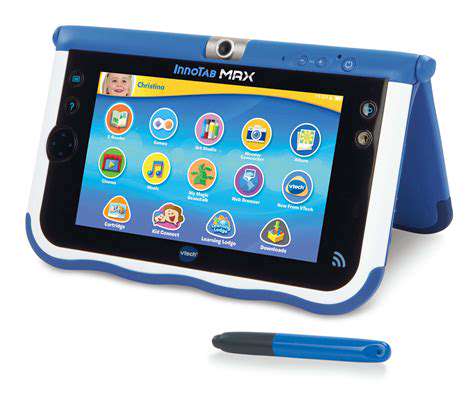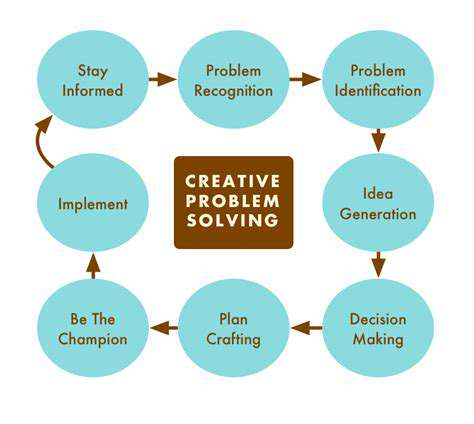Why Art Is Crucial for Brain Development in Kids
Contents
Art fosters problem-solving and cognitive flexibility in children.
Creative expression helps children manage emotions, enhancing emotional intelligence.
Art encourages emotional vocabulary development, aiding communication of feelings.
Collaborative projects enhance teamwork, social skills, and empathy.
Art enhances cognitive skills, memory retention, and critical thinking.
Fine motor skills improve through painting, drawing, and sculpting activities.
Artistic expression fosters emotional regulation and resilience in children.
Hand-eye coordination develops through artistic tasks, aiding physical abilities.
Art encourages choice-making, promoting independence and creativity in children.
Cultural identity and awareness are enriched through artistic engagement.
The Cognitive Benefits of Artistic Engagement
Enhancing Problem-Solving Skills Through Creativity
Engaging with art fosters a unique environment where children can explore various solutions to problems. Through artistic endeavors, kids learn to think outside the box and approach challenges from different angles. This encourages cognitive flexibility, which is fundamental in developing advanced problem-solving skills that will benefit them in academic settings and real-life situations alike.
When children create art, they are often tasked with making decisions about colors, shapes, and materials. These choices require them to weigh options and evaluate outcomes, cultivating their decision-making abilities. As they navigate these choices, kids are not just practicing creativity; they are also honing critical thinking skills that they can apply across various subjects and disciplines.
Moreover, engaging in artistic activities allows children to experiment without the fear of failure. This environment encourages them to take risks, leading to innovative solutions and ideas. By promoting an atmosphere of exploration and experimentation, art not only nurtures creativity but also equips children with essential problem-solving skills that are invaluable as they grow older.
The Role of Emotional Expression in Cognitive Health
Artistic engagement serves as a powerful outlet for emotional expression, playing a critical role in cognitive health. By providing children with the tools they need to express their feelings, art can help them better understand and manage their emotions. This emotional intelligence is vital for their overall well-being and can lead to improved cognitive functioning.
Participating in artistic activities allows children to articulate complex emotions that they might struggle to express through words. Whether through painting, drawing, or music, creative expression helps them process their experiences, thereby enhancing their emotional regulation. This practice not only contributes to healthier emotional development but also improves cognitive processing, making it easier for them to navigate social interactions and academic challenges.
Furthermore, the emotional depth that children explore through art can ignite their imagination and creativity, driving curiosity and a desire to learn more about the world around them. As they connect emotionally with their creative projects, they engage higher cognitive levels, which can lead to improved focus, concentration, and overall academic success.
Emotional and Social Development through Art
Understanding Emotional Expression through Artistic Mediums
Art serves as a unique bridge for children to express their emotions in ways that words often cannot articulate. Through painting, drawing, and other artistic activities, kids can explore their feelings, whether joy, sadness, or confusion. This exploration assists in developing a healthy emotional vocabulary, enabling children to communicate their emotional states more effectively as they grow.
The role of art in emotional expression is particularly significant during childhood, a developmental stage loaded with new experiences and feelings. When children engage in art, they immerse themselves in their internal world, reflecting on their thoughts and emotions. This introspective process cultivates self-awareness, helping them understand and manage their emotional responses better.
Moreover, creating art can be a therapeutic outlet for children. It allows them to manifest their struggles, turning abstract feelings into concrete forms. For instance, a child may choose darker colors to represent sadness or use chaotic strokes to symbolize frustration. By visualizing their feelings in this manner, they can confront their emotions in a safe and constructive way.
Art also encourages children to develop resilience. As they navigate the ups and downs of the creative process, they learn that making mistakes can lead to unexpected and beautiful outcomes. This understanding teaches them that setbacks are a part of life, fostering an emotional strength that will serve them well into adulthood.
Furthermore, when children share their artwork with others, it opens up a dialogue about feelings. Such interactions enhance their social skills and build empathy, as they learn to appreciate diverse perspectives and emotional experiences. Thus, art not only aids in individual emotional growth but also fosters connections with peers, enriching their social development.
Fostering Social Skills through Collaborative Art Projects
Collaborative art projects provide an excellent platform for developing social skills among children. When working together on a common artistic goal, children learn to share ideas, negotiate roles, and compromise. These interactions are invaluable, as they teach the importance of teamwork and enhance their ability to cooperate with others.
In group settings, children are often exposed to different viewpoints and styles of thinking, which broadens their understanding and appreciation of diversity. Whether they are painting a mural or creating a group sculpture, they practice listening to their peers and incorporating their suggestions, which builds a sense of community and belonging.
Through collaborative art, children also learn to communicate their ideas effectively. They find ways to articulate their thoughts while respecting others’ contributions, laying the groundwork for effective interpersonal communication. These skills are crucial as they’ll carry over into other areas of their lives, such as school projects or future professional collaborations.
The bonding experience created through shared artistic endeavors can significantly enhance friendships among children. They create not just art but lasting memories together, which deepens their connections and nurtures their social networks. This camaraderie fosters a sense of security, encouraging them to express themselves freely.
Ultimately, through collaborative art, kids also learn the values of patience and understanding. As they navigate differing opinions and creative visions, they develop empathy and learn how to handle conflicts constructively. These experiences are fundamental in shaping their social interactions and personal relationships throughout life.
The Cognitive Benefits of Art in Emotional and Social Development
Engaging in art not only aids in emotional and social development but also enhances cognitive flexibility. Children who frequently participate in artistic activities are better at adapting to new situations, thinking creatively, and solving problems. This cognitive agility is crucial in all areas of learning, from academic subjects to real-world situations.
Art requires the integration of different cognitive processes, such as observation, spatial reasoning, and critical thinking. As children choose colors, shapes, and composition, they practice making decisions and evaluations. Each brush stroke or clay mold challenges them to consider various outcomes, thereby enriching their cognitive development.
Moreover, the multi-sensory experience of creating art enhances cognitive engagement. When children immerse themselves in different textures, colors, and materials, they develop heightened observational skills and attention to detail. These skills cultivate a richer understanding of their environment, which can translate into improved performance in academic settings.
The process of creating art can also enhance memory retention and recall. As children engage in art projects, they reinforce learning by applying what they have grasped in theory and translating it into practice. This experiential learning ensures that concepts are more deeply ingrained in their minds.
Lastly, participating in art encourages a growth mindset, as children come to understand that mastery takes time and practice. They learn that errors are opportunities for learning and growth rather than failures. This mindset nurtures resilience and a lifelong love of learning, which is essential for emotional and social well-being.
Enhancing Fine Motor Skills with Artistic Activities
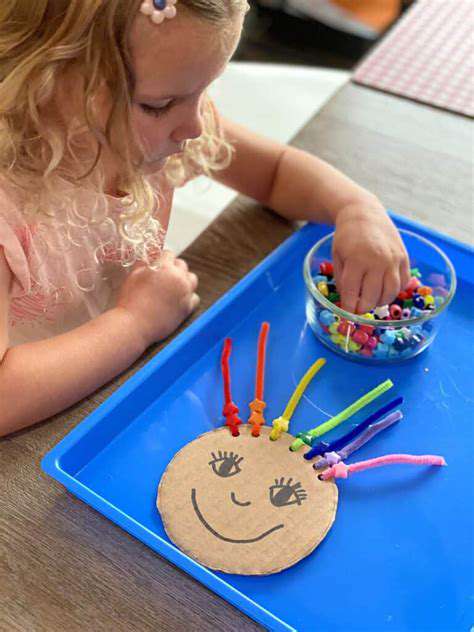
Understanding Fine Motor Skills
Fine motor skills involve the coordination of small muscles in movements, primarily in the hands and fingers. These skills are crucial for performing everyday tasks such as writing, buttoning clothes, and even using utensils. As children engage in activities requiring precise hand movements, they develop better control and dexterity over time. Enhancing these skills is essential for the overall development of a child’s capabilities.
The development of fine motor skills is a gradual process that begins in infancy and continues into early childhood. By the time children reach preschool age, they should be able to perform simple tasks that require coordination and precision. Artistic activities can significantly contribute to this developmental phase by encouraging practice and improvement.
Activities such as coloring, painting, and sculpting not only enhance fine motor skills but also assist in cognitive development. The act of manipulating paintbrushes, crayons, or clay requires focus, allowing children to strengthen the connections between their brain and muscles. Ultimately, these connections lay the groundwork for more complex skills needed later in life.
Moreover, fine motor skills play a critical role in a child’s academic success. Skills honed through creative activities contribute to writing proficiency, which is crucial for success in school. Children who excel in fine motor task completion often find themselves more competent in basic educational tasks, making art an invaluable tool for their development.
In summary, understanding fine motor skills and their importance can guide parents and educators in selecting the right activities for children. Engaging them in artistic pursuits not only provides entertainment but also serves as a foundational pillar for their future growth and learning.
The Role of Art in Developing Hand-Eye Coordination
Hand-eye coordination is a vital aspect of fine motor skills development. It involves the ability to control hand movements based on visual input. Engaging in artistic tasks allows children to practice and enhance this essential skill repeatedly. When children paint or draw, they are required to coordinate their hand movements with what they see, leading to improved spatial awareness.
Artistic activities such as painting allow children to explore colors and shapes while improving their physical abilities. As they strive to create a certain design or picture, they develop a stronger sense of accuracy and control. This newfound skill is not easily forgotten and carries over into various aspects of their daily lives.
In addition, hand-eye coordination is necessary for various sports and activities later in life. Children who cultivate this skill through art are often better prepared to tackle physical challenges effectively. By offering diverse artistic experiences, parents can help children gain confidence in their physical abilities.
Art also encourages trial and error, fostering a growth mindset. This process teaches children resilience and persistence as they navigate through challenges inherent in artistic expression. Through these experiences, they learn that improvement comes with practice, which can be applied to all areas of their development.
By focusing on hand-eye coordination through art, children are not only expanding their creative outlets but are equally setting the stage for future success in both academic and physical endeavors.
Artistic Expression and Emotional Development
Art provides a unique platform for children to express their feelings and emotions freely. Engaging them in creative activities helps develop emotional intelligence, which is crucial for effective social interactions. Art allows children to communicate feelings that they may struggle to articulate verbally. Through drawing, painting, or sculpting, they explore their inner worlds and develop a better understanding of themselves.
The process of creating art encourages children to think critically about their feelings, enabling them to process emotions like joy, sadness, or anger. This valuable skill can lead to improved emotional regulation as they learn to recognize and cope with various feelings. Furthermore, expressing themselves through art can serve as a form of therapy, helping to alleviate stress and emotional pressure.
Parents who encourage artistic expression create a safe space for their children to explore complex emotions. This support helps build self-esteem and confidence, reinforcing the idea that their feelings are valid and worthy of exploration. With guidance, children can transform their feelings into visual narratives, further enhancing their emotional literacy.
Moreover, group art activities can promote social skills among peers. Collaborative projects encourage communication, cooperation, and problem-solving—values essential for building strong relationships with others. By working together, children not only develop artistic skills but also social awareness and empathy towards others’ feelings.
Boosting Cognitive Skills through Artistic Activities
Artistic activities serve as excellent stimulants for cognitive development. Engaging in art encourages children to think creatively, solve problems, and make decisions. These cognitive skills are not limited to art but influence all areas of learning. Children who participate in various artistic experiences often show enhanced critical thinking abilities.
When creating art, children frequently encounter challenges that require innovative solutions. Whether it’s finding the right color mix or determining how to balance elements within a composition, these challenges drive cognitive flexibility. As they explore different mediums, they learn to adapt their thinking, which is vital for comprehensive learning opportunities.
Moreover, art promotes the understanding of spatial relationships and geometry. As children manipulate shapes and colors, they develop visualization skills that contribute to mathematics and science competencies. The skills acquired in artistic endeavors extend beyond mere creativity and nurture analytical thinking as well.
In addition, art encourages the use of fine details, enhancing attention and focus. Children who are immersed in creating a piece, whether it be a mural or a small drawing, fine-tune their ability to concentrate on tasks. This increased attention span is invaluable in an academic setting where focus is vital to success.
Through artistic engagement, children embark on a journey of exploration that boosts their cognitive development. These activities lay the foundation for lifelong learning and adaptability, nurturing skills that will be instrumental in their education and future careers.
The Importance of Choice in Artistic Expression
Providing children with choices in their artistic activities is crucial for fostering creativity and independence. When children have the freedom to choose their materials, subjects, or techniques, they become more invested in the creative process. This sense of agency empowers them to express their individual styles and preferences. Allowing children the opportunity to make choices in art can lead to enhanced motivation and satisfaction.
On the other hand, overly prescriptive activities can stifle creativity by imposing rigid frameworks. Encouraging children to explore their interests fosters innovative thought processes, enabling them to connect with their creative instincts. By valuing their choices, parents and educators cultivate an environment that embraces experimentation and innovation.
Furthermore, artistic choice contributes to developing decision-making skills. Children learn to evaluate their options and understand the consequences of their choices. This process is essential for building self-confidence and autonomy, as they navigate their artistic journeys with minimal oversight.
Finally, giving children the freedom to explore various forms of art also exposes them to cultural diversity. Experiencing different artistic traditions can broaden their perspectives and foster a more profound appreciation for global creativity. This understanding equips them to navigate an increasingly interconnected world.
In summary, the importance of choice in artistic expression cannot be overstated. It empowers young artists, fostering independence and cognitive development while encouraging them to explore their identities through their art.
The Role of Art in Cultural Awareness
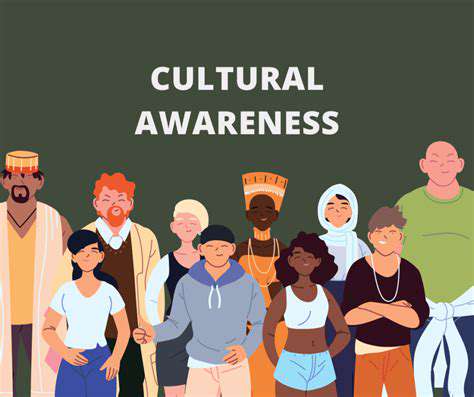
Understanding Cultural Identity Through Art
Art serves as a powerful medium for individuals to both express and explore their cultural identity. From traditional paintings to contemporary installations, different art forms encapsulate the essence of cultural narratives and values. As communities engage with their artistic expressions, they not only showcase their history but also reinforce a strong collective identity.
Moreover, the vivid imagery and symbolism within various art forms can bridge gaps between generations. This act of representation allows younger generations to connect with their roots and understand the struggles and triumphs of their ancestors. It emphasizes that culture is not a static entity but something alive and evolving, shaped by those who engage with it.
Additionally, art can promote dialogue about cultural differences and similarities, fostering empathy among diverse groups. When individuals share their unique artistic perspectives, they invite others to experience their cultural narratives. This interaction can lead to a deeper appreciation and respect for differing worldviews, ultimately enriching our global community.
Art as a Tool for Education and Empathy
Integrating art into educational curriculums has proven to be an effective way of enhancing cultural awareness among students. Through projects involving diverse art forms, students can explore histories and perspectives they might not encounter in conventional classrooms. This hands-on approach also allows students to develop critical thinking skills and creativity.
The process of creating and engaging with art can evoke strong emotions and lead to personal insights, which is crucial for developing empathy. When students relate to the stories behind different artworks, they begin to understand the complexities of human experiences. This emotional connection helps shape compassionate individuals who can navigate a diverse societal landscape.
Furthermore, art can act as a catalyst for community engagement and support. Local art projects that promote cultural themes encourage residents to participate actively in their communities. These initiatives strengthen bonds, as people come together to celebrate their shared heritage while also respecting one another's differences.

